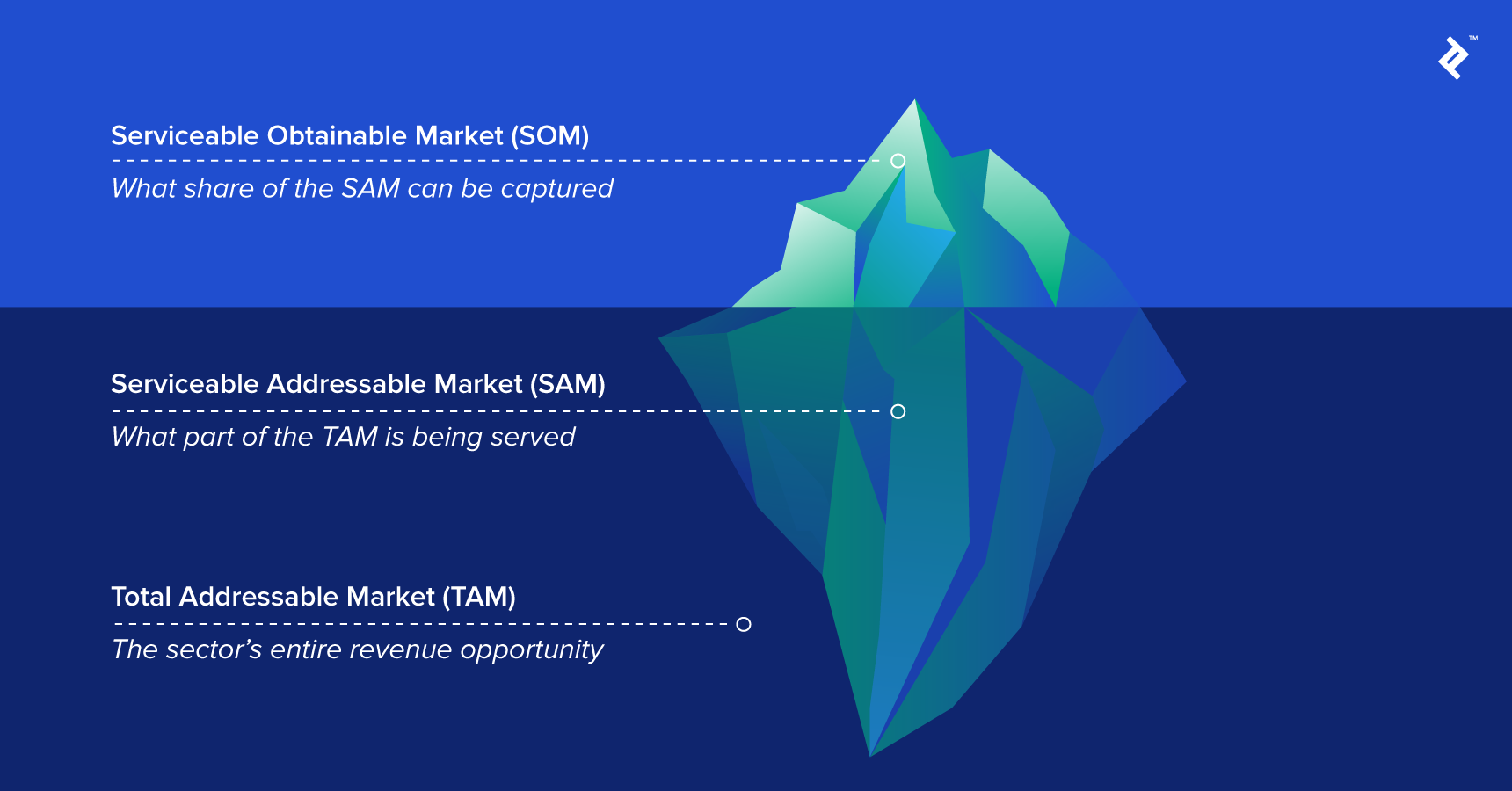When it comes to understanding customer needs, it's important to ask the right questions. One method that has gained popularity in recent years is the Five Whys rule. This technique involves asking a series of "why" questions to get to the root cause of a customer's problem or concern.
The Five Whys rule was originally developed by Sakichi Toyoda, the founder of Toyota Industries, as a way to improve the company's manufacturing processes. The idea is that by asking "why" five times, you can uncover the underlying cause of a problem and develop a more effective solution.
When applied to customer interviews, the Five Whys rule can help companies gain a deeper understanding of their customers' needs and pain points. By digging deeper and asking follow-up questions, companies can identify the true source of a customer's frustration and develop solutions that address the root cause, rather than just treating the symptoms.
What is the Five Whys Rule?
The Five Whys Rule is a problem-solving technique that helps identify the root cause of a problem. It is a simple but effective tool that involves asking a series of "why" questions to get to the underlying reason behind a problem. The technique is commonly used in manufacturing and quality control, but it can also be applied to customer interviews to better understand customers' needs and preferences.
Definition
The Five Whys Rule is based on the idea that asking "why" five times can help you get to the root cause of a problem. The first "why" question is usually the most obvious and immediate cause of the problem, but subsequent "why" questions help you dig deeper and uncover the underlying reasons behind the problem. By asking "why" five times, you can often get to the root cause of the problem and identify a solution to prevent it from happening again in the future.
Origins
The Five Whys Rule was first developed by Sakichi Toyoda, the founder of Toyota Industries, in the 1930s. It was later popularized by Taiichi Ohno, a Toyota engineer who used the technique to improve the company's manufacturing processes. The Five Whys Rule is now widely used in lean manufacturing and quality control, and it has been adapted for use in other industries and problem-solving contexts.
Why Use the Five Whys Rule for Customer Interviews?
The Five Whys rule is a powerful problem-solving tool that can be applied to customer interviews to uncover underlying customer needs and pain points. By asking a series of "why" questions, you can drill down to the root cause of a customer's problem, which can help you develop better solutions and improve your product or service.
Benefits of the Five Whys Rule for Customer Interviews
One of the key benefits of using the Five Whys rule in customer interviews is that it helps you get to the heart of the matter quickly. By asking "why" five times, you can uncover the underlying cause of a customer's problem, which can help you develop more effective solutions.
Another benefit of using the Five Whys rule is that it helps you understand the customer's perspective more deeply. By asking open-ended questions and actively listening to the customer's responses, you can gain a better understanding of their needs, wants, and pain points. This can help you tailor your product or service to better meet their needs, which can lead to increased customer satisfaction and loyalty.
Common Problems in Customer Interviews that the Five Whys Rule Solves
One common problem in customer interviews is that customers may not be able to articulate their needs or pain points clearly. By using the Five Whys rule, you can help customers clarify their thoughts and articulate their needs more clearly.
Another common problem in customer interviews is that customers may not be aware of all the factors that are contributing to their problem. By asking "why" five times, you can help customers uncover underlying issues that they may not have realized were contributing to their problem.
Finally, customer interviews can sometimes be unstructured and unfocused, which can make it difficult to get to the root of a customer's problem. By using the Five Whys rule, you can bring structure and focus to the interview, which can help you uncover the underlying cause of the customer's problem more quickly and efficiently.
How to Apply the Five Whys Rule in Customer Interviews
Step-by-Step Guide
The five whys rule is a powerful tool for uncovering the root cause of a problem. When applied to customer interviews, it can help businesses get to the heart of what their customers really want and need. Here is a step-by-step guide on how to apply the five whys rule in customer interviews:
- Start with an open-ended question: Begin the interview by asking an open-ended question that allows the customer to share their thoughts and feelings. For example, "Can you tell me about your experience with our product/service?"
- Ask "Why?" five times: Once the customer has shared their initial thoughts, start asking "why?" questions to get to the root cause of any problems or issues they may have experienced. For example, "Why did that aspect of our product/service not meet your expectations?" Keep asking "why?" until you have uncovered the root cause of the problem.
- Listen actively: It's important to listen actively to the customer's responses and not interrupt or assume anything. Let them speak freely and ask follow-up questions to clarify their responses.
- Take notes: It's important to take detailed notes during the interview so that you can refer back to them later. Use bullet points or tables to organize the information and make it easier to analyze.
- Thank the customer: At the end of the interview, thank the customer for their time and feedback. Let them know that their input is valuable and will be used to improve the product/service.
Examples of the Five Whys Rule in Action
Here are a few examples of how the five whys rule can be applied in customer interviews:
Example 1: A customer complains that a product is too difficult to use. Why? The product requires too much setup. Why? The setup instructions are unclear. Why? The instructions are written in technical jargon. Why? The instructions were written by engineers who are not skilled at writing for a non-technical audience. Why? The company does not have a dedicated technical writer on staff.
Example 2: A customer complains that a service is too slow. Why? The service takes too long to complete. Why? The service is not automated. Why? The company does not have the resources to automate the service. Why? The company is not investing in new technology. Why? The company is focused on short-term profits instead of long-term growth. By applying the five whys rule in these examples, the root cause of the problem is uncovered. In the first example, the company needs to hire a technical writer to improve the instructions. In the second example, the company needs to invest in new technology to automate the service and improve efficiency.
Tips for Effective Use of the Five Whys Rule in Customer Interviews
Dos and Don'ts
When using the Five Whys Rule in customer interviews, there are certain dos and don'ts to keep in mind to ensure that the process is effective:
- Do ask open-ended questions that encourage customers to share their thoughts and feelings.
- Do listen actively and attentively to the customer's responses.
- Do keep the conversation focused on the customer's needs and experiences.
- Don't make assumptions about the customer's motivations or preferences.
- Don't interrupt the customer or dismiss their concerns.
- Don't be afraid to ask follow-up questions to clarify the customer's responses.
Common Mistakes to Avoid
Despite the simplicity of the Five Whys Rule, there are some common mistakes that can undermine its effectiveness:
- Mistake #1: Focusing on symptoms rather than root causes. It's important to keep asking "why?" until you get to the underlying cause of the problem, rather than just addressing the symptoms.
- Mistake #2: Jumping to conclusions. Avoid making assumptions or jumping to conclusions about the customer's motivations or preferences.
- Mistake #3: Not listening actively. Active listening is critical to understanding the customer's needs and experiences.
- Mistake #4: Being defensive. Don't be defensive or dismissive of the customer's concerns, even if you disagree with them.
- Mistake #5: Not following up. It's important to follow up with the customer to ensure that their needs have been addressed and to gather feedback on the effectiveness of the solution.
By keeping these dos and don'ts in mind, and avoiding common mistakes, you can ensure that the Five Whys Rule is an effective tool for understanding the root causes of customer problems and developing effective solutions.







